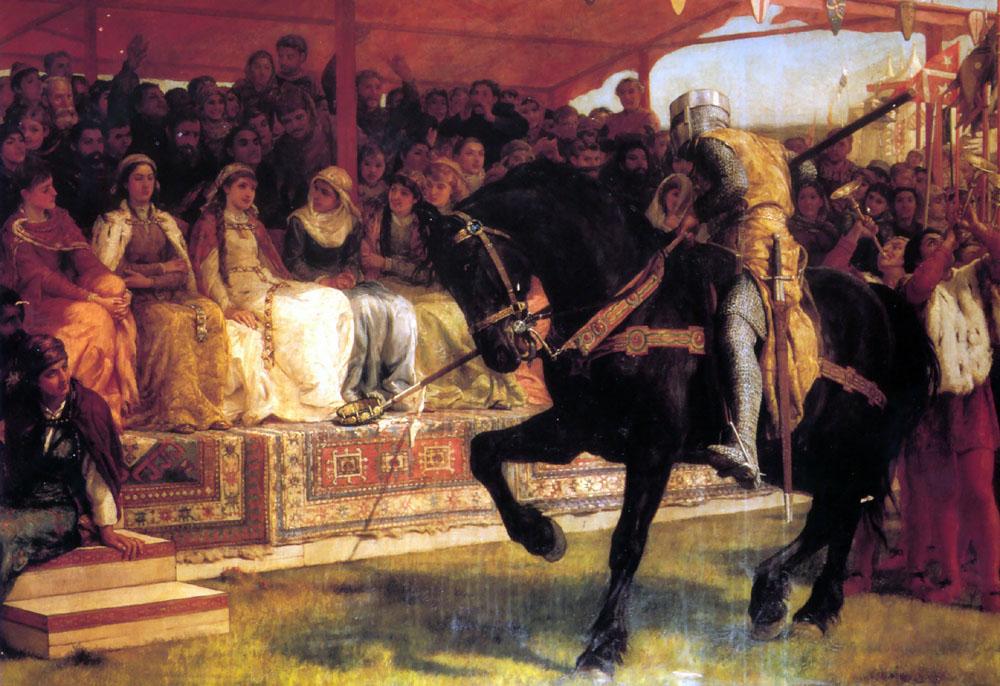Late last year, in separate conversations with three friends, I realized how slack I had grown in the reading of books. I read more than the average person. I’ve written weekly book reviews for the Smoky Mountain News for over 20 years, and I daily speed through a dozen or more articles online. But compared to my friends, my time spent with a book in my hand was pitiful.
Moreover, I realized how few old books I’ve read in the last decade: novels, histories, and political tracts written before the middle of the last century. Many years ago, I devoured such writers as Tolstoy and Dostoevsky, the great American authors who wrote between 1920 and 1960, and French and English novelists now long dead. That habit had vanished without my even taking notice.






